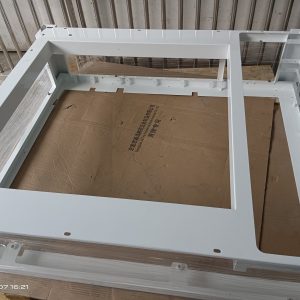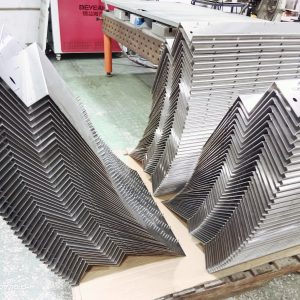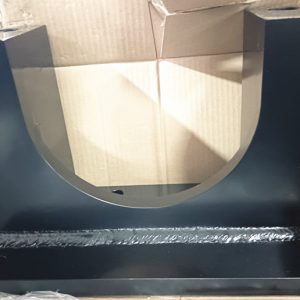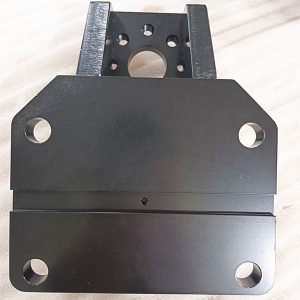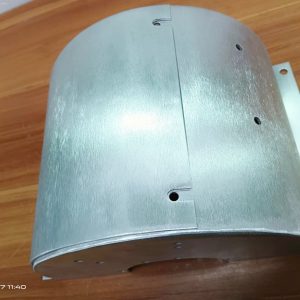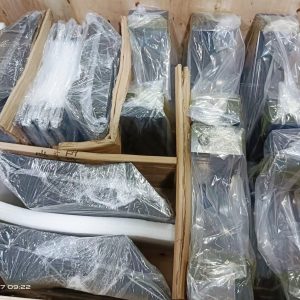Checking the quality of sheet metal involves several key steps and considerations to ensure it meets the desired standards. Here’s a structured approach to evaluate sheet metal quality:
Visual Inspection:
- Surface Smoothness: Check the surface for any dents, scratches, or irregularities that could affect appearance or functionality.
- Edges: Inspect the edges for burrs (sharp edges or projections) which might need deburring to ensure safety and functionality.
- Flatness: Lay the sheet on a flat surface and visually inspect for any warping or unevenness.
Dimensional Checks:
- Thickness: Measure the thickness of the sheet at multiple points using a caliper or micrometer to ensure it matches specifications.
- Dimensions: Verify the length, width, and any critical dimensions using appropriate measuring tools like rulers or vernier calipers.
Mechanical Properties:
- Tensile Strength and Yield Strength: If critical, perform tests to verify the material’s strength properties using tensile testing equipment.
Coating and Finish:
- Coating Thickness: If the sheet has a coating (e.g., galvanized, painted), measure the coating thickness using a coating thickness gauge.
- Surface Finish: Assess the surface finish (e.g., matte, polished) to ensure it aligns with requirements.
Metallurgical Properties:
- Material Identification: Verify the material type and grade using material certificates or conducting tests if necessary.
Functional Checks:
- Formability: If the sheet metal is intended for forming processes, conduct tests to ensure it can be formed without cracking or excessive deformation.
Additional Checks:
- Corrosion Resistance: If relevant, test the sheet metal’s resistance to corrosion through exposure to appropriate environments or using corrosion testing methods.
Documentation and Standards:
- Certificates and Compliance: Ensure the sheet metal meets relevant industry standards and specifications (e.g., ASTM, ISO) and check for accompanying certificates.
Quality Control Practices:
- Sampling and Testing: Implement a sampling plan to test batches of sheet metal, ensuring consistency across production.
- Supplier Quality Assurance: If purchasing from suppliers, verify their quality assurance processes and inspect incoming materials accordingly.
Conclusion:
By following these steps, you can systematically evaluate the quality of sheet metal to ensure it meets your requirements for various applications. Depending on the specific use and industry standards, additional tests and checks may be necessary to thoroughly assess quality.
sheet metal fabrication company china | china sheet metal forming manufacturers | china sheet metal fabrication manufacturers | china custom sheet metal parts | china sheet metal fabrication companies | china sheet metal fabrication factory | sheet metal fabrication companies in china | sheet metal parts manufacturing china | china sheet metal parts manufacturers | china sheet metal parts company | china metal enclosure manufacturers | china aluminum sheet metal fabrication manufacturers | china sheet metal manufacturing manufacturers



